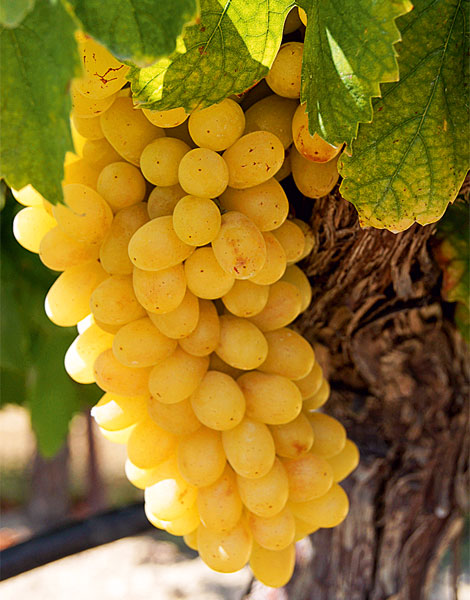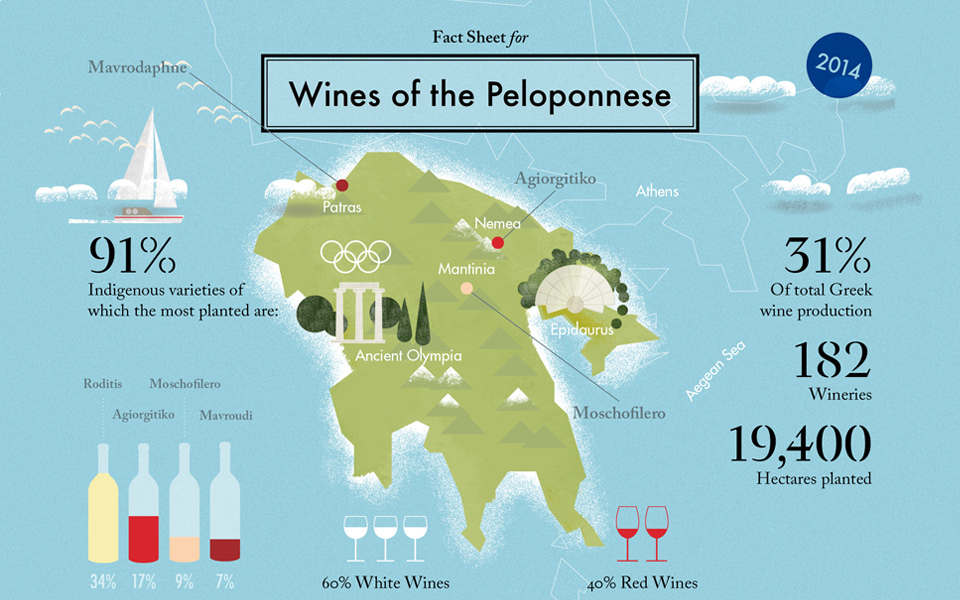A wine aficionado and connoisseur from Germany, Markus Stolz has lived in Greece for over a decade, promoting Greek wine on a full-time basis to importers and wine merchants abroad. He is the founder and editor of www.elloinos.com, where he enthusiastically shares his passion for Greek wines.
Markus is particularly fond of wines from the Peloponnese and talks about them with excitement. “The Peloponnese is THE treasure chamber for indigenous grape varieties in Greece. Sometimes a variety grows only in a very small area; move 30 kilometers away and people won’t even know it exists. I think this is really exciting. Also, the Peloponnese is hot and dry, yet some of the highest vineyards in all of Greece are located there, up to 1,000 meters, with a much more continental climate. Plus you have areas like Mantinia, which have a fairly high elevation of around 600 meters, where the evenings are cool, even during August. The resulting wines taste as if they have been grown in a cool climate, for example the Alsace region in France. Some of the best known sweet wines are also produced in the peninsula.”
Markus’ favorite grape variety from the Peloponnese is the white Kydonitsa, which is also one of the rarest from Laconia. In the period of Ottoman rule, wine production was forbidden and many varieties in the region simply disappeared. But in the last 20 years or so, some old vineyards have been re-discovered and local viticulturists are nurturing them back to life. The results of these efforts are now beginning to show.


Given the importance of the Peloponnese as one of the country’s major wine-growing regions, Markus decided in 2014 to document its many grape varieties. After gathering all the necessary info, he organized the raw data obtained from government bodies into tables. With his designer partner, Spyros Zevelakis, he then spent a total of 140 hours over 12 days transforming a series of seemingly boring data into something visually appealing. The end result is this handy infographic that you can download here.
“The information on the wines isn’t always easy to find and is even harder to read when you do find it. What we have tried to do is present the information in a simple and engaging way, in an effort to promote this truly exciting wine-making region,” says Spyros.











